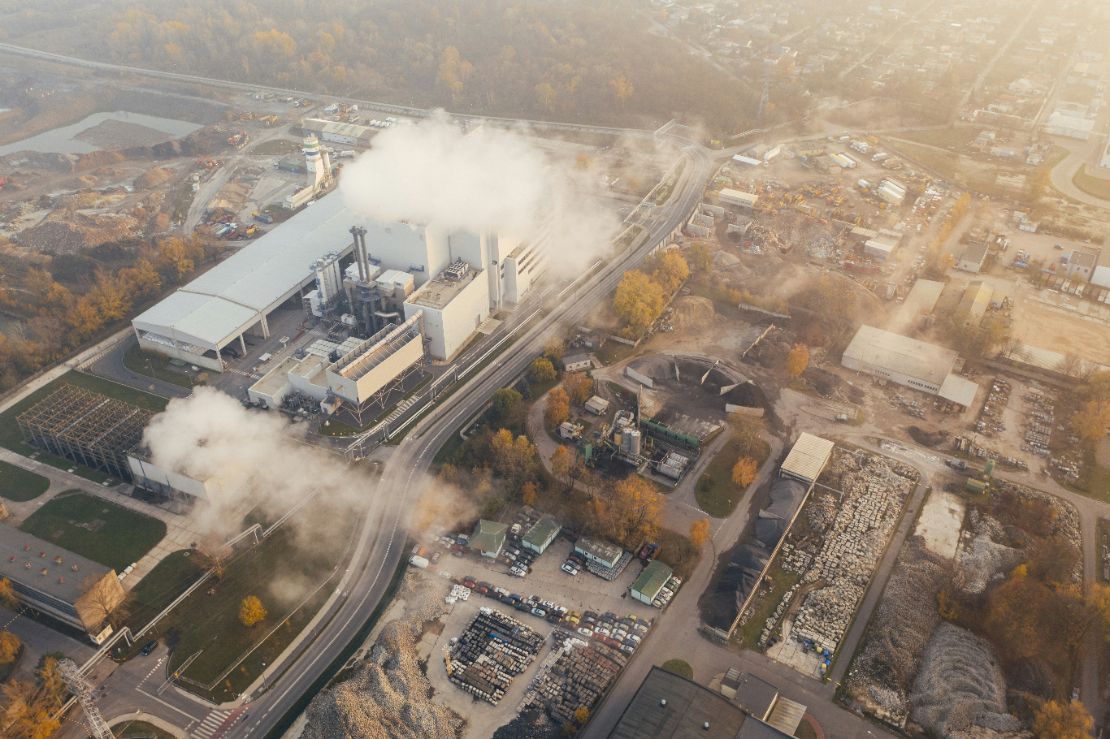
INSIGHT MAY 30, 2024
Addressing Carbon Emission In Construction:
Building A Sustainable Future
In the face of escalating climate change concerns, the construction industry stands at a crossroads. With global construction activities significantly contributing to carbon emissions, there is an urgent need to pivot towards more sustainable practices.
Addressing carbon emission in construction is not just a matter of environmental stewardship but a strategic imperative to ensure the industry's resilience, regulatory compliance, and alignment with global sustainability goals. This comprehensive article delves into the complexities of carbon emissions within the construction sector and outlines strategies for mitigating their impact through innovative materials, efficient design, and collaborative efforts.
THE CARBON FOOTPRINT OF CONSTRUCTION
Construction activities contribute to carbon emissions in two primary ways: direct emissions from the use of fossil fuels in construction processes and machinery, and indirect emissions associated with the production and transportation of construction materials. Moreover, the operational phase of buildings further adds to the carbon footprint, making the sector one of the largest sources of greenhouse gas (GHG) emissions globally.
STRATEGIES FOR REDUCING CARBON EMISSIONS
1. Adopting Green Building Standards and Certifications: Implementing green building standards, such as LEED, BREEAM, or WELL, sets a framework for reducing carbon emissions from the outset. These certifications encourage the use of sustainable materials, energy efficiency, and lower carbon construction practices.
2. Innovative Materials and Technologies: Advancements in materials science have led to the development of lower carbon alternatives to traditional construction materials. For instance, the use of recycled materials, sustainably sourced timber, and low-carbon concrete mixtures can significantly reduce the carbon footprint of construction projects.
- Carbon-Capturing Materials: Emerging technologies that enable materials to capture and store carbon dioxide during the production process are gaining attention. These materials, including certain types of concrete and bio-based materials, offer a dual benefit of strength and sustainability.
- Prefabrication and Modular Construction: Off-site construction methods reduce waste, improve efficiency, and lower the carbon footprint associated with traditional construction processes.

3. Energy Efficiency through Design: Design plays a pivotal role in minimizing a building's carbon emissions over its lifetime. Incorporating passive design principles, optimizing building orientation, and leveraging natural light and ventilation can significantly reduce the need for artificial heating, cooling, and lighting, thereby decreasing the building's operational carbon footprint.
- Smart Building Technologies: Integrating smart technologies and building management systems can optimize energy use, further reducing emissions during the operational phase.
4. Renewable Energy Integration: Incorporating renewable energy sources, such as solar panels, wind turbines, or geothermal systems, into construction projects can drastically cut down operational emissions. Net-zero buildings, which produce as much energy as they consume, represent the gold standard in this regard.
5. Carbon Offsetting and Sequestration: While reducing emissions is paramount, some residual emissions are often unavoidable. Carbon offsetting through reforestation or investment in renewable energy projects can compensate for these emissions. Additionally, carbon sequestration strategies, such as the use of biochar in building materials, can actively remove carbon dioxide from the atmosphere.
6. Collaboration and Knowledge Sharing: Achieving significant reductions in carbon emissions requires collaboration across the entire construction value chain. Sharing best practices, innovative technologies, and sustainability strategies among architects, engineers, contractors, and clients can amplify the impact of individual efforts.

Illustrative information regarding carbon emissions in industrial facilities - Unsplash
THE ROLE OF POLICY AND REGULATION:
Governments and regulatory bodies play a crucial role in driving the construction industry towards lower carbon practices. Implementing stringent building codes, offering incentives for green construction, and setting ambitious carbon reduction targets can accelerate the industry's transition to sustainability. Furthermore, investing in research and development of new materials and technologies is essential for enabling this shift.
Conclusion: Building a Sustainable Future with Optimized Materials
Addressing carbon emissions in the construction sector is a complex challenge that requires a multifaceted approach. Through the adoption of green building standards, the utilization of innovative materials and technologies, efficient design, renewable energy integration, and collaborative efforts, significant strides can be made in reducing the industry's carbon footprint. As we look towards a sustainable future, it is imperative that all stakeholders in the construction sector unite in their commitment to environmental stewardship. With the right strategies and collective action, we can build a legacy of sustainability for generations to come.
How ECOBUILD Can Help?
With our extensive portfolio of services, including sustainability consulting, energy auditing, and green building certifications, we are equipped to guide projects towards minimal environmental impact. Our expertise in innovative design, materials selection, and energy efficiency strategies positions us as a valuable partner in your journey towards sustainable construction.
